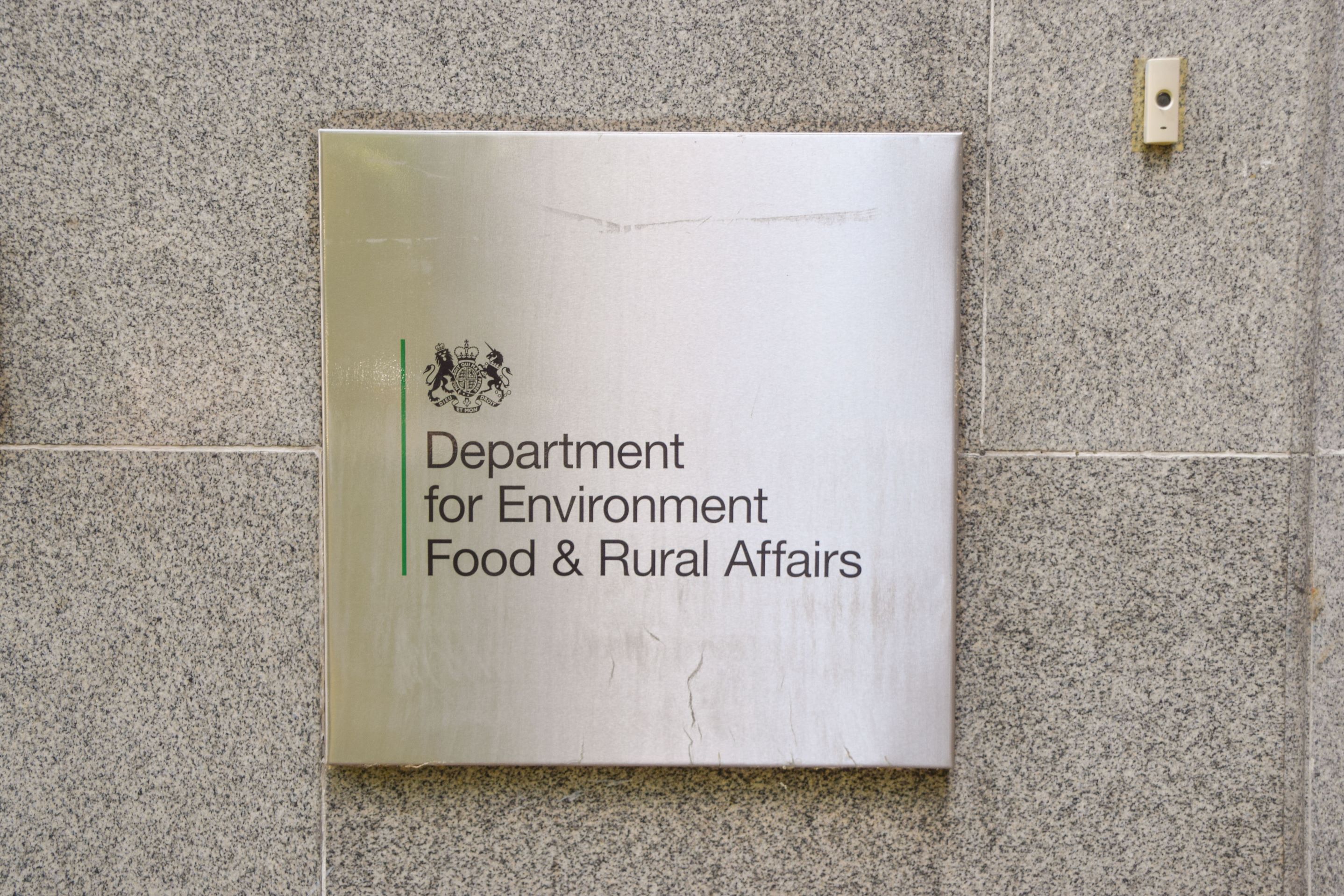
The Department for Environment Food & Rural Affairs (DEFRA) has today (26 January) issued a major reclassification of risk categories for fruit and vegetables under the new Border Target Operating Model (BTOM).
The latest change suggests that many fruit and vegetables coming from the EU will now be classed as medium risk, when they were previously in the low-risk category. An easement is in place, which means these products will temporarily remain low risk and won’t require pre-notification or certification. During the easement DEFRA will conduct further risk assessments.
The easement was originally scheduled to end on October 31 2024, however DEFRA appears to have since removed references to October as the end date, leaving no clear time period.
BTOM is due to start a phased implementation from next Wednesday (31 January), with physical checks on some UK imports due to start in April.
Unexpected extra burden
Marco Forgione, director general of the Institute of Export & International Trade (IOE&IT), says this late announcement on changes to the risk categories and the way they have been handled is a matter of some concern:
“At a time when business is preparing for the most significant modernisation of the UK border in several generations, the lack of communication on this reclassification of fruit and vegetable products is not very encouraging.
“This reclassification means that, unexpectedly, a range of fruit and vegetables coming from the EU are now subject to new processes and administrative requirements.
“We know that businesses within the UK and EU, particularly SMEs, are struggling to get to grips with the 31 January changes and have concerns about the new physical checks, which will come in to force at the end of April.”
BTOM is part of a wider strategy by the UK government, strongly supported by IOE&IT, to create the world’s most effective border by 2025. Forgione adds that to work, this strategy relies on the support of businesses and many business leaders are becoming increasingly frustrated:
“We support the government’s ambition with BTOM. But business leaders have revealed to me their frustration that preparation efforts are being undermined by a lack of clear communication.
“There is a risk that these changes and the way information has been shared could result in additional costs for the exporter, the importer and ultimately the consumer.”
Potential extra costs
Anna Doherty, senior trade and customs specialist at IOE&IT, says that under these proposed changes not all fruit and vegetable produce coming from the EU will end up being considered medium risk, and that some will remain low risk.
The extent of any extra costs due to be paid, and therefore potentially passed on to consumers, remains unclear, with details of the charges for physical checks not yet known. The rate of physical checks required is also not known and could range from as little as 5% to as much as 30%.
There will be the Authorised Operator Scheme for importers of medium-risk plant products, with expressions of interest for a pilot scheme due to open in early February. Under such a scheme, authorised importers could have goods inspected at their premises, away from the border rather than at the border control post (BCP).
Doherty adds that while there has been no official communication from DEFRA about the reasoning behind the sudden reclassification, DEFRA has from the start of consultation on BTOM said risk categories would be subject to change and that any change would come with at least three months’ notice. She added:
“It’s also the case that the same produce from the EU now classed as medium risk is also medium risk when it’s imported from the rest of the world.
“At the same time, with some produce being low risk and others becoming medium risk once the easement ends, there will be a risk that low-risk goods get held up at the border if low-risk and medium-risk goods are shipped together in the same consignment.”
Not positive
Overall, Doherty agrees that the switch to making these goods medium risk doesn’t feel like a positive move,
“It could end up make produce more expensive, and the lack of communication and explanation from DEFRA is not encouraging, it feels a bit out of the blue considering no official announcements have been made in a period of increased engagement and outreach in readiness for next week’s changes.”
Forgione and Doherty yesterday (25 January) led a two-hour briefing session for industry journalists, explaining border changes resulting from BTOM.
IOE&IT continues to run courses for trade professionals, explaining the sanitary and phytosanitary (SPS) changes coming into force over the next 12 months. To attend our SPS course, please register your interest here.



